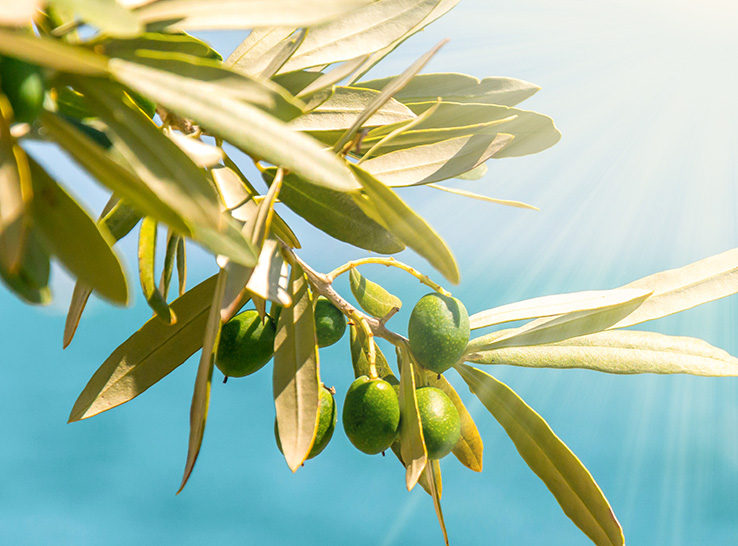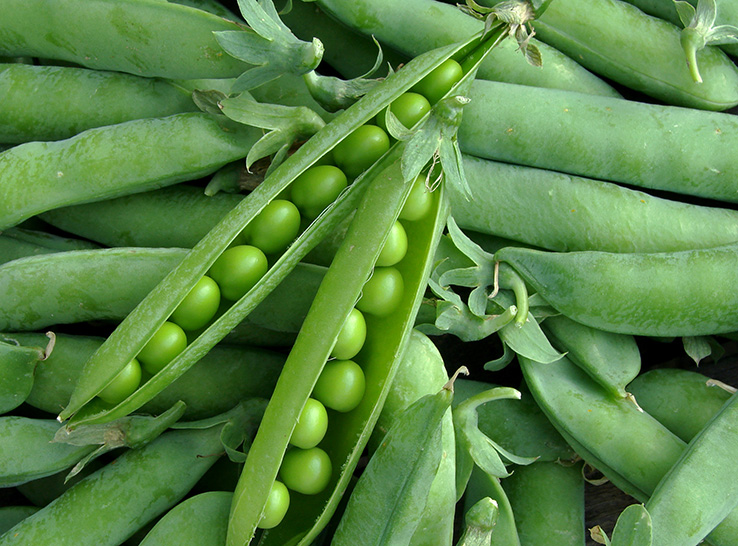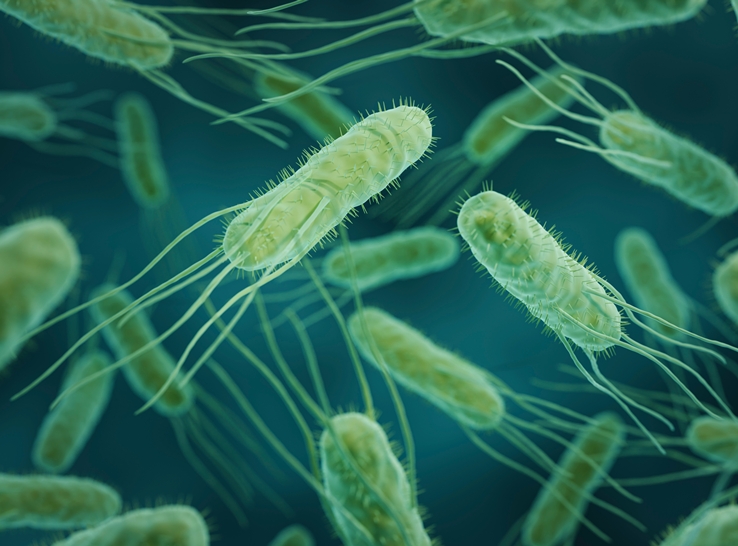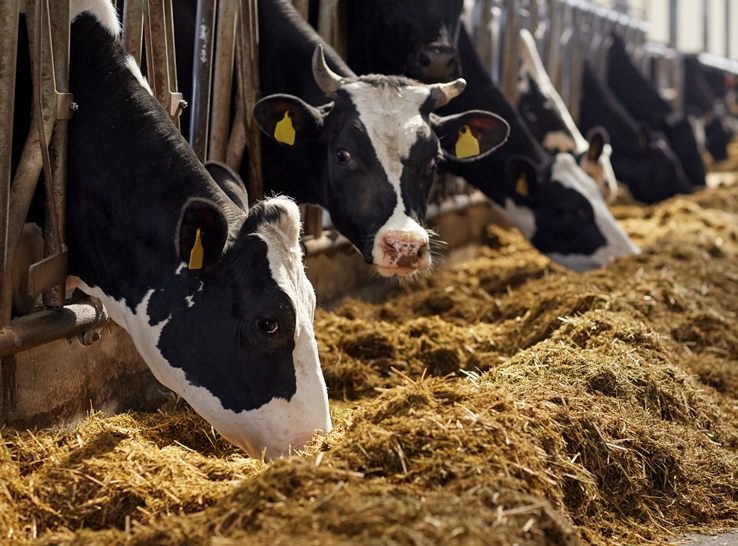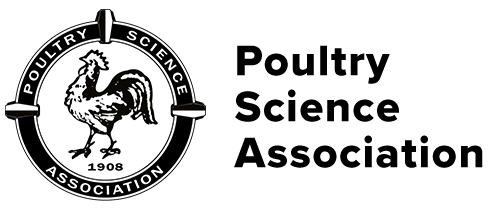Adding peas and pea products to broiler-chicken diets improved fattening performance and positively impacted the intestinal microbiota while having no adverse effects on growth performance or carcass characteristics, according to a report in the Journal of Applied Poultry Research.
Study results suggest that peas and pea products could be an attractive alternative to soybean meal as a dietary protein source and provide potential gut-health benefits, such as reduced pathogenic bacteria and increased commensal bacteria.
Dietary desirability
Whole peas, pea-protein concentrate (PPC) and pea hulls contain fermentable carbohydrates and fiber that appear to provide prebiotic effects that support a diverse and healthy intestinal microbiota.
Hybridized as “feed peas” since the 1980s, white-flowered strains of Pisum sativum are versatile, low-tannin and low-antitrypsin legumes that require as little as 60 days to reach bloom stage and 100 days to mature and dry. Seedlings have considerable frost-resistance for planting as a winter crop in warmer areas or as a spring crop in colder regions.
Peas typically contain about 24% crude protein, compared to 44% for soybean meal and 36% for canola meal. Studies have reported that broiler diets can contain up to 30% peas without hurting growth or carcass characteristics.
Other studies have demonstrated that pea hulls up to 6% improve feed conversion, and PPC up to 10% and PPC-plus-hulls increase overall broiler performance.
As a protein source, peas and PPC usually require amino acid supplementation, particularly for methionine. However, peas, PPC and hulls contain other key ingredients, namely fiber in the form of indigestible carbohydrates such as non-starch polysaccharides.
Dietary fiber may provide a prebiotic effect in the poultry hind gut where commensal bacterial fermentation breaks it down into lactate and short-chain fatty acids, including butyric acid. Its salt form, butyrate, is a primary energy source for intestinal tissues to produce immune cells and enhance immune response.
Short-chain fatty acids also help inhibit intestinal colonization of human-pathogenic Salmonella and other bacterial pathogens while promoting a healthy intestinal microbiota.
Peas and pea products can function as feedstuffs for other species, fed raw or processed to improve nutritional value. However, little published data exists on their use in broiler diets.
Study design
In this study, German researchers evaluated the effects of different proportions of peas, PPC and hulls in pelleted broiler rations, measuring growth performance, carcass characteristics and changes in intestinal microbiota. They wanted to determine whether the known effects of feeding peas stemmed from individual constituents — protein, starch, fiber — or from “the totality” of the feedstuff.
The researchers formulated 20 diets with varying proportions of peas and pea co-products (PPC and hulls) and fed them to 800 male Aviagen Ross 308 broilers from day 1 to day 34. They used short-chain fatty acid analysis and 16S rRNA gene-code sequencing to examine the ileal and cecal microbiota of selected feeding groups.
Following conventional complete-feed formulation based on the recommendations of the breeding company, the researchers used soybean meal in the control diets. In the test diets, they adjusted metabolizable energy to amino acid ratios in two phases, covering starter and grower diets.
In each phase, they tested 10 isoenergetic and isonitrogenic diets with different proportions of peas and pea products. For better comparability, they mixed ratios of peas and pea products so that each experimental diet contained comparable pea protein and pea neutral-detergent fiber.
“While the isolated variants were intended to help clarify the individual influences of peas, pea protein and pea fiber,” the researchers stated, “the combined variants with PPC and hulls focused on the effect that can be achieved without the pea starch (especially the digestion-resistant starch).”
Improved performance, gut health
The researchers observed high levels of fattening performances in broiler chickens fed the peas and pea products, with no negative effects on bodyweight or slaughter performance.
They also reported no changes in microbiota composition and ileal bacterial metabolites. However, they found changes in the cecal microbiota between dietary treatments for several subdominant microbial genera that preferentially ferment carbohydrates.
The researchers noted that peas and pea co-products did not affect short-chain fatty acid concentrations in digesta in the ileum or cecum.
“Peas, PPC and hulls are well-suited as feedstuffs for feeding broilers when used appropriately,” the researchers concluded, adding that intestinal microbiota responded “with an increased abundance of nonpathogenic genera that may help maintain intestinal microbial homeostasis.”
The full paper, titled “Effect of peas and pea products in diets for broiler chickens with consideration of the intestinal microbiota” can be found in the Journal of Applied Poultry Research.
Editor’s note: Content on Modern Poultry’s Industry Insights pages is provided and/or commissioned by our sponsors, who assume full responsibility for its accuracy and compliance.

